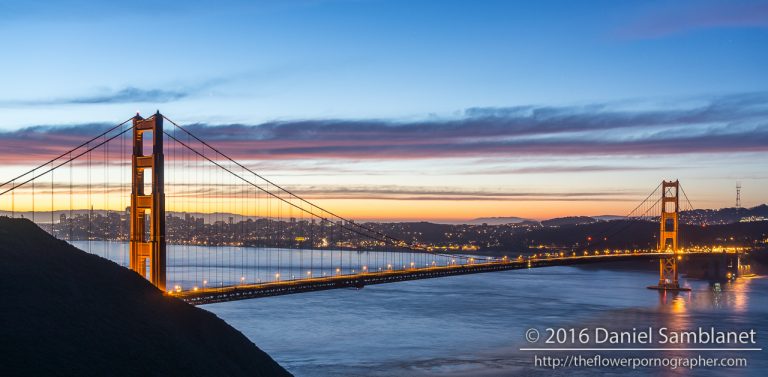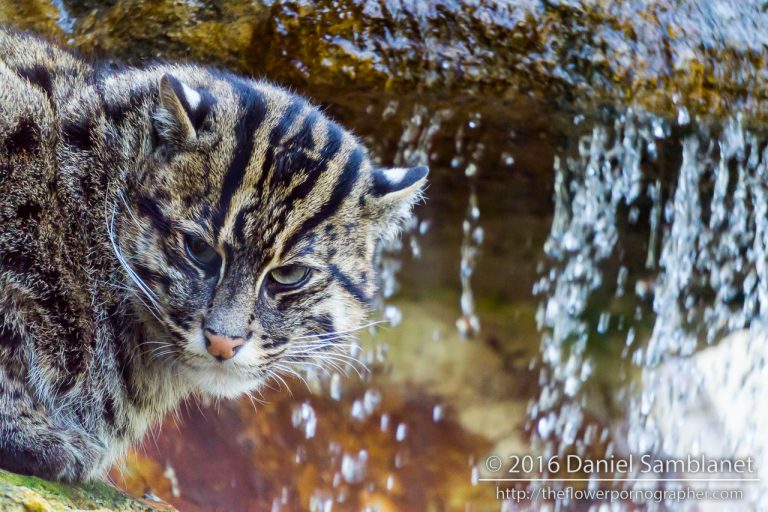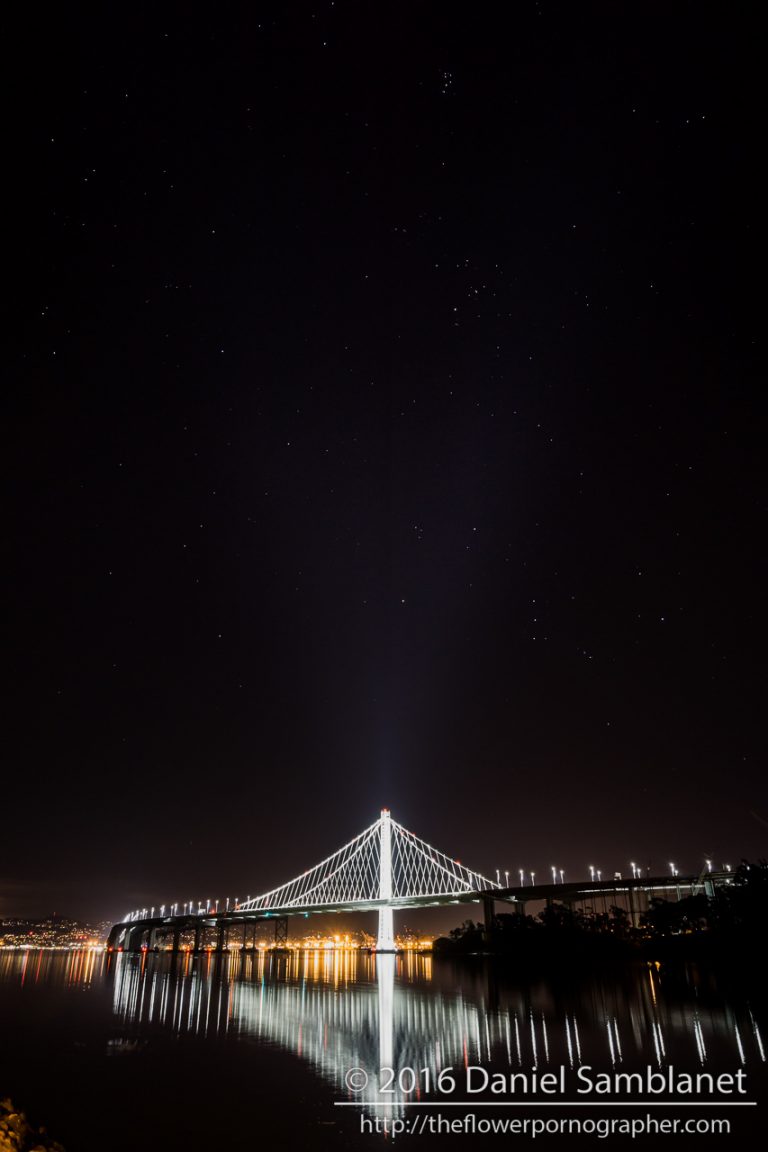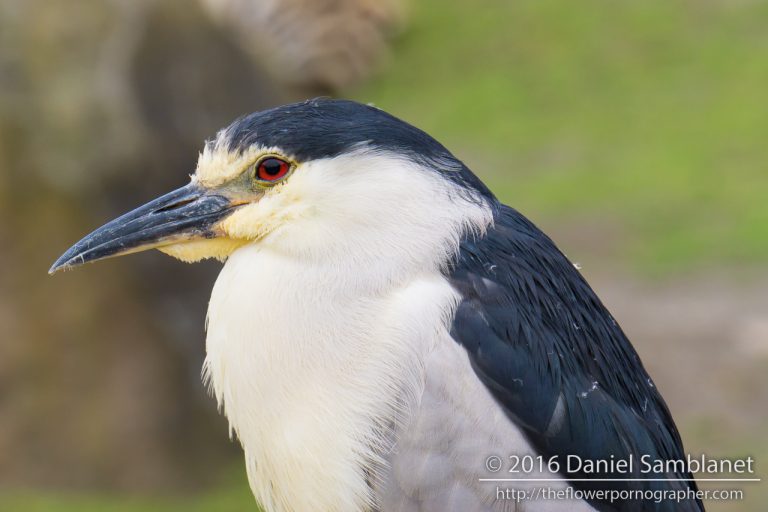
Over the last 20 years, photography has been a serious hobby for me, even to the point where I debated if I should become a pro. Regardless of where I stand on the amateur/pro line I may be, there is a lot of experience you gain over time. No matter what camera you put me behind, I will get good pictures.
But with the rapid rise of digital photography, I am shocked by how many people are constantly seeking out the latest and greatest and thinking it will help them.
If one didn’t know better, shooting resolution targets and brick walls is what photography is about now.
This really manifested itself when I was trying to find real life reviews of the new-ish FE 70-300 zoom. One of the things I saw from more of the consumer level of photography forums was that it trashes the kit lens. Well duh! I expect a $1,200 professional quality travel zoom (which is what all of the 70-300 4ish/5.6s are) to be optically great. These reviews then post what I consider mediocre pictures. In the end, I didn’t learn about the characteristics I care about for this lens – flare resistance since I will be using it in a lot of sunset and landscape shots. If one didn’t know better, shooting resolution targets and brick walls is what photography is about now.
I can’t help but to think that maybe if they spent a bit more time with the kit lenses working on technique it could help them more.

On the a6x00, is the 55-210 really that bad? I don’t think it is – even when shooting through glass at the zoo! And this morning it got me thinking, when did we start to completely trash the kit lenses most cameras came with?
Some background: On Black Friday last year, Amazon had a deal on the a6000 with both kit lenses. I bought this to replace my aging Olympus XZ-1 point and shot. What I didn’t know that this was the Trojan horse for getting me to switch over to the Sony system (I’ll post about that later). For the first few months, I used only the kit lenses. From the first few shots, I was pretty impressed.
When it comes to the discussion of kit lenses, it seems that everyone wants to go trash them immediately. The Sony PZ 16-50 is probably one of the most disliked lenses I have ever seen on the net. And yes, even I cringe when I see the distortions at the wide end of the zoom. However, is it really all that bad given that it is a pancake zoom? And this is key – this is not a normal lens but rather a pancake lens which adds it’s own set of complexities to it.

Take some care composing pictures, stop down just a bit, and understand that your corners are going to be soft after correction between 16-24mm, and you are set with the PZ 16-50. While I prefer to use the Sigma 19/2.8 A, Sigma 30/1.4 C, or the Sony E 50/1.8 OSS for shots in that range, there are plenty of times where primes are not flexible enough or you are just taking snapshots.
This may be the first time ever that I have a kit lens that I keep around in my bag with me at all times. It isn’t much larger than some spare lens and body caps. And there have been a few times that I have been shooting with primes and things become too fast moving that I just switch over to this lens when the goal is to capture the moment.
Looking at the picture of the Golden Gate Bridge at the top of this post, I would be happy with that picture printed to about 20″ to 24″ wide. When I look at it 100%, the limiting factor is the fine details in the bridge. In the Bay Bridge shot – I would probably happy with that 24″ to 30″ tall. There is still a ton of detail in the bridge, and the stars are clearly visible in the full sized shot.
Let’s step back for a moment. In the Film days 16×20″ was the largest I felt I could go under the best circumstances with 35mm equipment. Any larger, it was time to grab or borrow a 6×4.5 or 6×7 Medium Format. Now here I am with barely 500 bucks in camera equipment in hand, I feel that I can comfortably print up to 20×30″. Use a lens like the FE 90/2.8 Macro, and 30×40″ is easily obtainable from the APS-C sized sensor.

Even once I have a FE 70-300 in hand, I will keep around the E 55-210. This lens didn’t even cost me anything when I got the camera. And since it is not much larger than a can of soda, so it really easy to toss in a bag or pocket to use when I didn’t expect to need it.